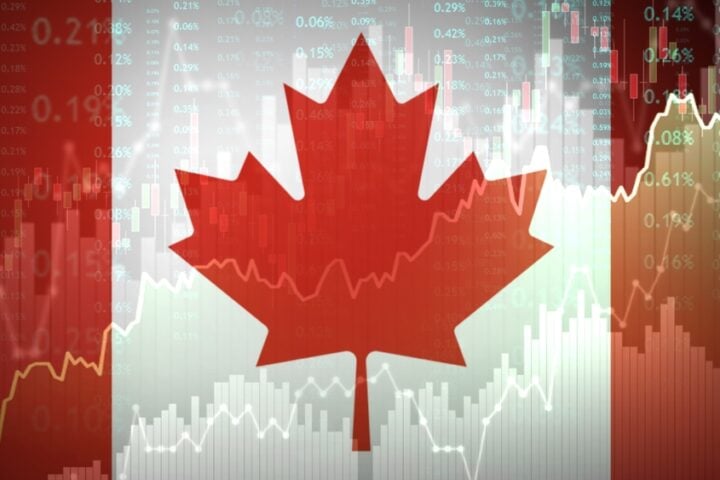Trade War Escalates, Oil and Other Commodities Hit Hard
Oil prices tumbled to a four-year low as the escalating trade war between the U.S. and China weighed heavily on global energy demand. Brent futures fell below $60 a barrel for the first time since 2021, while West Texas Intermediate (WTI) futures traded near $57 a barrel. Major oil companies such as BP, Shell, Exxon Mobil, and Chevron saw their shares slump in response to the market turbulence.
Surging U.S. Inventories and Oversupply Concerns
Further contributing to the oil price drop, U.S. data showed that domestic oil inventories reached their highest levels since July, raising concerns about oversupply. The global economic uncertainty stemming from the trade war, coupled with these supply worries, sent ripples through commodity markets, including copper and other metals.
Wider Market Turmoil and Trade War Uncertainty
The oil market’s decline is part of broader market turmoil, with investors fleeing stocks and bonds globally after U.S. President Donald Trump’s tariffs went into effect, prompting China to retaliate with its own set of higher tariffs. Scott Shelton, an energy specialist at TC ICAP, pointed out that the unpredictability of the trade war makes it difficult to assess oil market conditions for the rest of the year, despite potential buying opportunities.
OPEC+ Moves to Ease Output Curbs, Adding to Concerns
The decline in oil prices was compounded by the decision of the OPEC+ alliance to loosen output curbs faster than previously expected. This move sparked concerns about an even greater oil glut than initially anticipated. Amrita Sen, founder and director of research at Energy Aspects, warned that the market hasn’t yet priced in the worst-case scenario, with oil prices possibly dropping further into the $50 range.
U.S.-China Tariffs and Market Volatility
As the U.S. administration pushed forward with higher tariffs on nearly 60 trading partners, including a staggering 104% duty on many Chinese goods, market volatility continued to rise. On April 10, China raised tariffs on U.S. goods from 34% to 84%, exacerbating the uncertainty surrounding global trade and its impact on oil demand.
Bearish Market Sentiment and Pipeline Shutdown
Oil options are now the most bearish since late 2021, reflecting a shift in market sentiment, with implied volatility surging. Additionally, a key pipeline transporting Canadian crude to the U.S. was shut down due to a spill, further tightening supplies at the Cushing delivery point in Oklahoma. Arne Lohmann Rasmussen, chief analyst at A/S Global Risk Management, warned that the oil market has entered a “new and dangerous crisis phase,” rendering fundamental factors largely irrelevant in this volatile environment.







